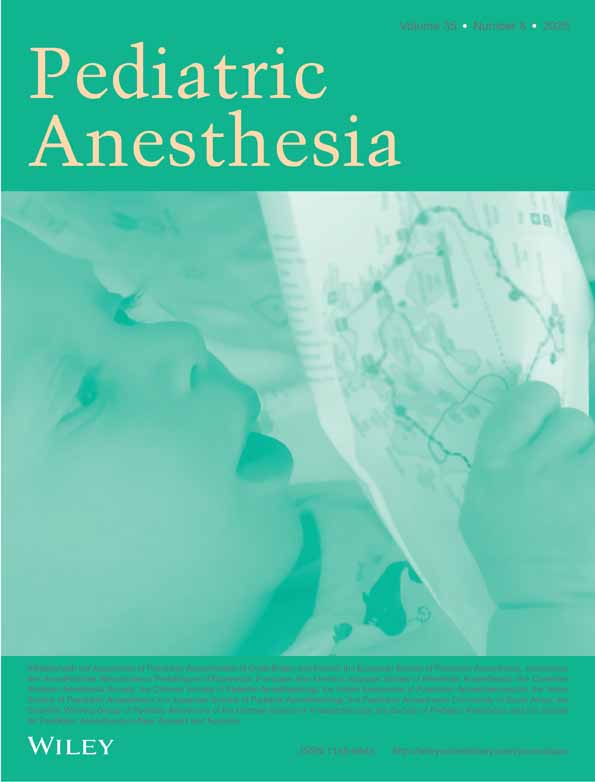Survey of the use of oesophageal and precordial stethoscopes in current paediatric anaesthetic practice
Abstract
Background: The aim of the study was to examine the use of oesophageal and precordial stethoscopes for monitoring in current paediatric anaesthetic practice in the UK and Ireland.
Methods: A postal survey of members of the Association of Paediatric Anaesthetist of Great Britain and Ireland was undertaken.
Results: One hundred and forty-five questionnaires were returned with a response rate of 67.4%. Some 35.2% of anaesthetists never use an oesophageal or precordial stethoscope and the majority of the remaining 64.8% use one in less than one-third of their practice.
Conclusions: Use of the stethoscope as a continuous monitor has decreased and most anaesthetists feel it has been superseded by other monitoring. However, almost one-third of anaesthetists recorded critical incidents they had been involved with where an oesophageal or precordial stethoscope detected the incident early. Complications of these monitoring devices were rare and the main factors limiting their use was the presence of better monitoring, such as pulse oximetry and capnography, and lack of availability.




